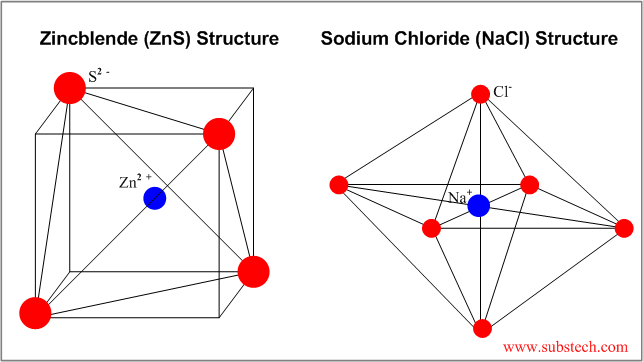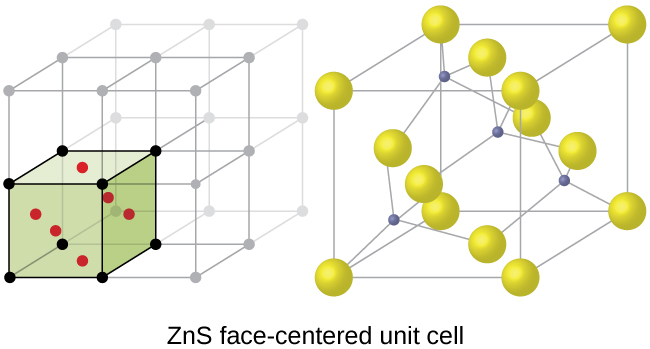Bcc stands for body centred cubic structure whereas fcc stands for face centred cubic structure these are forms of cubic lattices therefore these arrangements have spheres atoms molecule or ions from which the lattice is made of arranged in cubic structures.
Ceramic ion structure fcc.
Electrical charge crystal unit cell must remain electrically neutral sum of cation and anion charges in cell is 0 relative size of the ions ceramic crystal structure the ratio of ionic radii r cation r anion dictates the coordination number of anions around each cation.
Key difference bcc vs fcc.
Ceramic composition and properties atomic and molecular nature of ceramic materials and their resulting characteristics and performance in industrial applications.
Cn 4 fcc structure of s with zn at interior tetrahedral positions.
The terms bcc and fcc are used to name two different arrangements of crystalline structures.
The ionic and covalent bonds of ceramics are responsible for many unique properties of these materials such as high hardness high melting points low thermal expansion and good chemical resistance but also for some undesirable characteristics foremost being brittleness which leads to fractures unless the material is toughened by.
Face centered cubic structure fcc close packed directions are face diagonals note.
Industrial ceramics are commonly understood to be all industrially used materials that are inorganic nonmetallic solids.
3 ionic crystals cation radius nm anion radius nm 0 100 0 133 0 072 0 14 0 102 0 182 0 053 0 140 0 040 0 140 note.
Ceramic crystal structures the majority of ceramic crystal structures are based on either fcc or hcp close packing of one type of ion with the other ion s occupying a specific set of interstitial sites.
The crystal structure of an ionically bonded material is determined by the number of atoms of each element required for charge neutrality and the optimum packing based on the relative sizes of the ions.
Usually they are metal oxides that is compounds of metallic elements and oxygen but many ceramics.
Larger anion radius most ionic crystals can be considered as close packed structure of anions.
The building criteria for the ceramic crystal structure are.
Ceramic structures two or more different elements more complex than metal structures ionic and or covalent bonds a mix of ionic and covalent bonds electronegativity ionic bonds form ions.
Maintain neutrality zero net electric charge.
Structure is determined by two characteristics.
We will discuss some of the most important structures beginning with those based on fcc.
Coordination 12.
The face centered atoms are shaded differently only for ease of viewing.
In this video i show the calcium fluorite or just fluorite crystal structure using two common but different unit cells.










